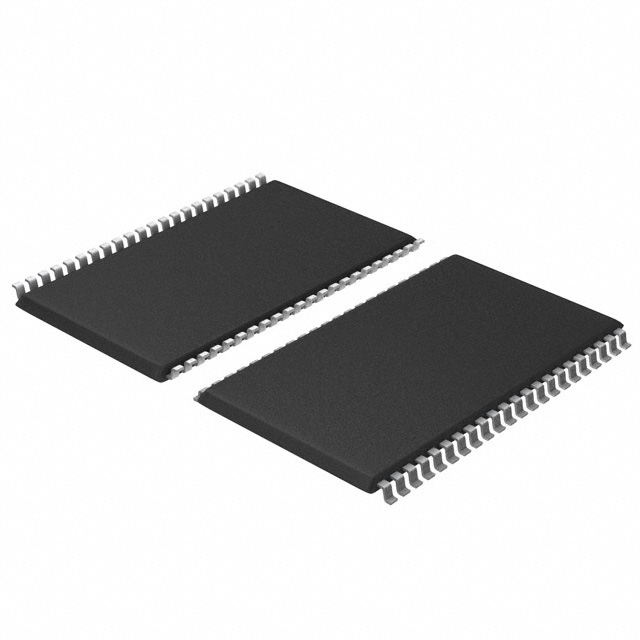AT24C08A-10TI-2.7
Manufacturer No:
AT24C08A-10TI-2.7
Manufacturer:
Description:
IC EEPROM 8KBIT I2C 8TSSOP
Datasheet:
Delivery:





Payment:




In Stock : 0
Please send RFQ , we will respond immediately.









AT24C08A-10TI-2.7 Specifications
-
TypeParameter
-
Supplier Device Package8-TSSOP
-
Package / Case8-TSSOP (0.173", 4.40mm Width)
-
Mounting TypeSurface Mount
-
Operating Temperature-40°C ~ 85°C (TA)
-
Voltage - Supply2.7V ~ 5.5V
-
Access Time4.5 µs
-
Write Cycle Time - Word, Page5ms
-
Clock Frequency400 kHz
-
Memory InterfaceI²C
-
Memory Organization1K x 8
-
Memory Size8Kbit
-
TechnologyEEPROM
-
Memory FormatEEPROM
-
Memory TypeNon-Volatile
-
DigiKey ProgrammableNot Verified
-
PackagingTube
-
Product StatusObsolete
-
Series-
The AT24C08A-10TI-2.7 is a specific model of a serial EEPROM (Electrically Erasable Programmable Read-Only Memory) integrated circuit chip manufactured by Microchip Technology. It has an 8-kilobit storage capacity and operates at a voltage of 2.7 to 5.5 volts.Advantages of the AT24C08A-10TI-2.7 chip: 1. Non-volatile memory: The data stored in the chip remains intact even when the power is turned off or lost. This makes it suitable for storing critical information that needs to be retained.2. Serial interface: The chip utilizes a simple two-wire, I2C (Inter-Integrated Circuit) protocol for communication, enabling easy integration with microcontrollers, sensors, and other devices.3. Low power consumption: The chip is designed to operate at low power levels, making it suitable for use in battery-powered or energy-efficient applications.4. Small form factor: The chip comes in a compact SOIC (Small Outline Integrated Circuit) package, requiring a minimal amount of space on a circuit board.Application scenarios for the AT24C08A-10TI-2.7 chip: 1. Data logging: The chip can be used to log sensor readings or other data in low-power devices, such as environmental monitors, energy meters, or wearable devices.2. Configuration storage: It can store configuration settings or calibration data for various systems, such as industrial controllers, instrumentation equipment, or IoT (Internet of Things) devices.3. Security/authentication: The chip can store encryption keys, security certificates, or user authentication data to ensure secure communication and access control in applications like RFID systems, access control systems, or secure smart cards.4. Firmware storage: It can store firmware updates or boot code for microcontrollers or embedded systems, enabling software updates without requiring a complete hardware replacement.5. Identification and tracking: The chip can store unique identification codes or serial numbers that help in product tracking, inventory management, or anti-counterfeiting measures.Note: The specific application scenarios may vary based on the requirements and usage of the end product. It is always recommended to consult the datasheet and technical documentation provided by the manufacturer for detailed specifications and guidelines.
AT24C08A-10TI-2.7 Relevant information
-

CY7C1051H30-10ZSXIT
Infineon Technologies -
EM008LXOAB320CS1R
Everspin Technologies Inc. -
S25HS01GTDPMHB010
Infineon Technologies -
MT60B4G4HB-56B:G
Micron Technology Inc. -
CY15B104QI-20BFXIT
Infineon Technologies -
CY15V104QI-20BFXIT
Infineon Technologies -
CY15B104QI-20LPXIT
Infineon Technologies -
CY15B104QI-20LPXCT
Infineon Technologies -
CY15V104QI-20LPXCT
Infineon Technologies -
CY15V104QI-20LPXIT
Infineon Technologies






